For those who are passionate about growing plants, exploring the world of semi-hydroponics can be an exciting experience. However, choosing the right growing medium is crucial, especially if you are just starting out.
While Lechuza Pon is a popular option because of its balanced air-to-water ratio and nutrient retention capabilities, it has its downsides.
It can be expensive, hard to find, and may have negative environmental impacts.
This guide is designed to help beginners discover alternatives that are cost-effective, accessible, and eco-friendly to Lechuza Pon.
Summary
Lechuza Pon Alternatives
- Semi-Hydroponics Overview: A soil-less plant cultivation method using water-based nutrient solutions, offering benefits like reduced water usage and diminished pest risks.
- Lechuza Pon Explained: A high-quality planting medium with optimal air-to-water balance, effective filtration, and nutrient retention, suitable for a wide range of plants.
- Lechuza Pon Challenges: Despite its benefits, Lechuza Pon can be expensive, hard to find, and have negative environmental impacts.
- Finding Alternatives: The guide focuses on identifying cost-effective, accessible, and eco-friendly alternatives to Lechuza Pon for beginners in semi-hydroponics.
- Alternative Options: Includes Lightweight Expanded Clay Aggregate (LECA), DIY Pon Mix, commercial soilless mixes, coco coir, and perlite/pumice, each with its pros and cons.
- Environmental Considerations: Emphasizes choosing a growing medium with a lower environmental impact, like coco coir.
- Plant Suitability: Different plants thrive in different mediums; the guide suggests considering plant-specific needs when choosing an alternative.

Understanding Semi-Hydroponics
Semi-hydroponics is an innovative method of plant cultivation that foregoes traditional soil. In this system, plants are grown in an inert medium, using a water-based nutrient solution.
This method boasts several advantages over traditional soil cultivation, including reduced water usage, diminished risk of soil-borne pests, and enhanced control over the nutrient intake of plants.
For beginners, understanding these benefits is crucial as they delve into the world of semi-hydroponics.
What is Lechuza Pon?
LECHUZA-PON is a revolutionary planting medium, offering a multitude of benefits for various plants, including orchids, citrus trees, and more.
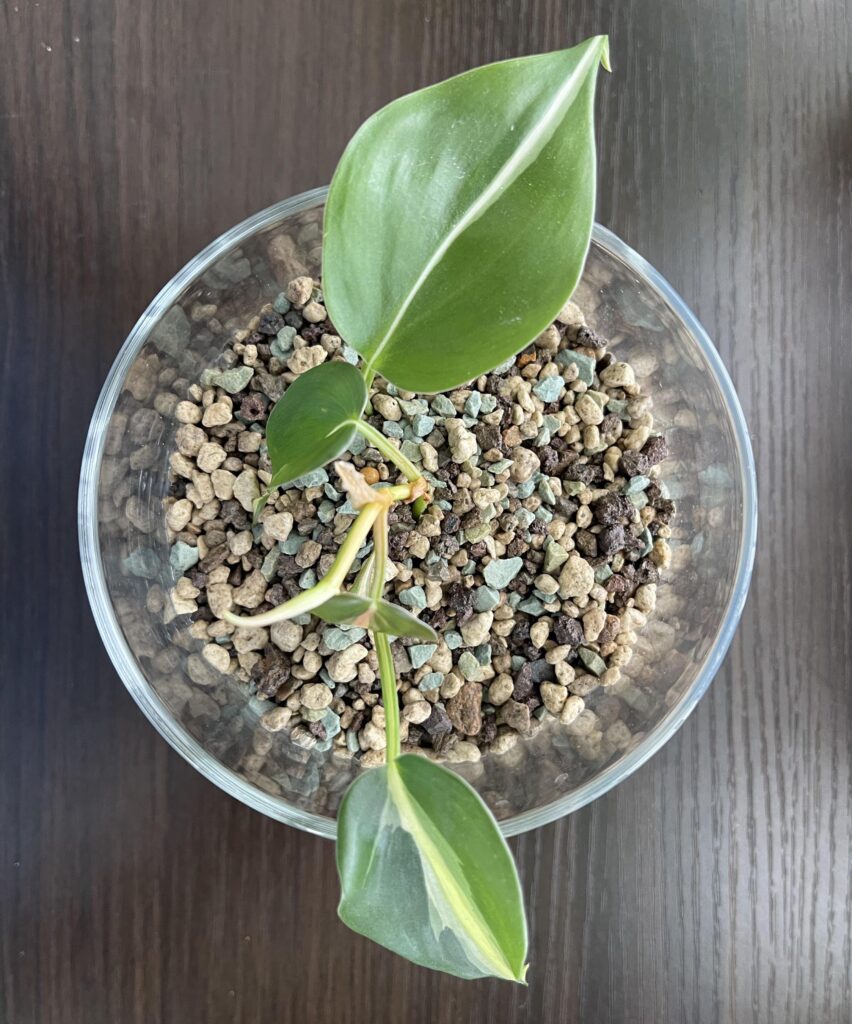
Key Advantages
- Universal Suitability: Ideal for all plant types, ensuring healthy growth.
- High Quality and Purity: Composed of pollutant-free mineral stones.
- Optimal Air and Water Ratio: Maintains a 55% air to 45% water balance, reducing disease risk and ensuring structural stability.
- Effective Filtration System: Minimizes fine particles, preserving root health and water absorption.
- Stable pH and Nutrient Balance: Zeolite in the mix stabilizes pH and maintains nutrient availability.
- Uniform Water Distribution: Ensures even small-rooted plants get adequate water.
- Nutrient Distribution: Promotes a consistent, compact root system for robust plant growth.
- Fertilizer Buffering: Prevents root burn by regulating fertilizer absorption and release.
- Support and Stability: Suitable for larger plants, especially in outdoor settings.
- Odor and Pest Resistant: Natural odor absorption and resistance to pests and fungi.
Composition
LECHUZA-PON includes zeolite, German washed pumice, light lava, and a fully coated premium fertilizer that releases nutrients over six months.
In essence, LECHUZA-PON stands as an exemplary choice for plant care, enhancing plant health, stability, and growth in a variety of environments.
Lechuza Pon Alternatives

Lechuza Pon, with its exceptional properties for plant growth, is often a go-to for semi-hydroponic gardeners.
However, its higher price point, occasional scarcity in the market, and the environmental footprint associated with its production and shipping prompt gardeners to look for alternatives.
The following sections explore these alternatives, taking into account factors like cost, availability, environmental impact, and suitability for various types of plants.
1. Lightweight Expanded Clay Aggregate (LECA)
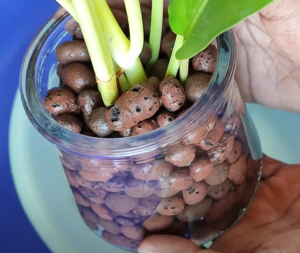
LECA stands out as a prominent alternative to Lechuza Pon. These are essentially clay pellets that have been expanded and heated, resulting in a lightweight and porous medium that is perfect for semi-hydroponic systems.
Cost Analysis
- Local Purchase (50L bag): $0.72 per liter, a significantly cost-effective option.
- Amazon Purchase (50L bag): $1.42 per liter, slightly more expensive but still within a reasonable range.
Pros
- LECA is readily available in most gardening stores and online platforms, making it a convenient option for beginners.
- Its cost-effectiveness, particularly when bought in bulk, is a significant advantage.
- LECA’s lightweight nature and porosity make it an excellent medium for root growth and aeration.
Cons
- When purchased in smaller quantities, like the Odela bags from Ikea or 10L bags, the cost per liter can increase, making it less economical.
2. DIY Pon Mix
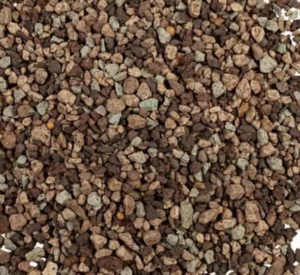
For those who prefer a hands-on approach, creating a DIY Pon mix can be both a fun and educational experience.
Cost Analysis
- Bulk Purchasing: Around $3.37 per liter, a reasonable price for a large-scale project.
- Smaller Quantities: Prices can skyrocket to $13.05 per liter, especially when premium ingredients are used.
Pros
- The DIY approach allows for customization to cater to specific plant needs and preferences.
- It can also be a rewarding experience, giving gardeners a deeper understanding of plant care.
Cons
- The cost-effectiveness diminishes significantly in smaller batches.
- Additionally, sourcing the right materials in the correct proportions can be challenging and time-consuming.
3. Commercial Soilless Mixes
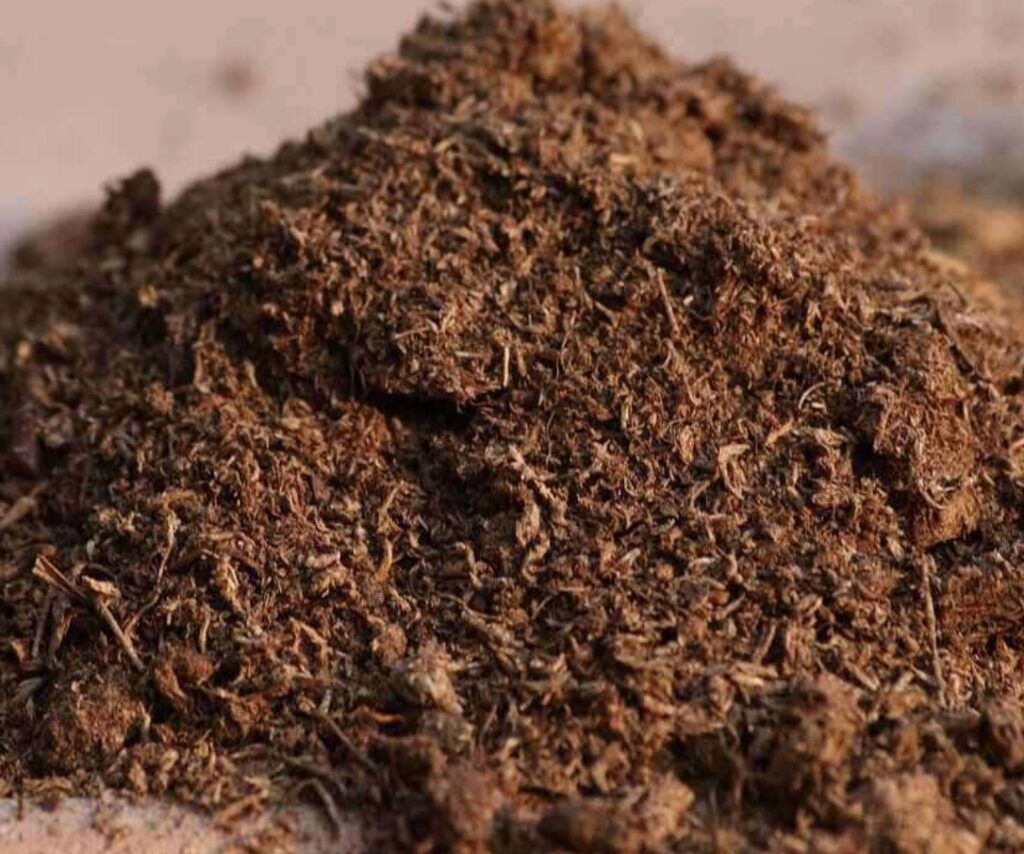
These mixes typically combine various inert materials, offering a diverse range of growing mediums.
Pros
- The market offers a variety of commercial soilless mixes, suitable for different types of plants and their specific needs.
- They are usually easy to use and widely available.
Cons
- The quality and composition of these mixes can vary greatly, making it essential to research and choose a product that suits your specific requirements.
4. Coco Coir
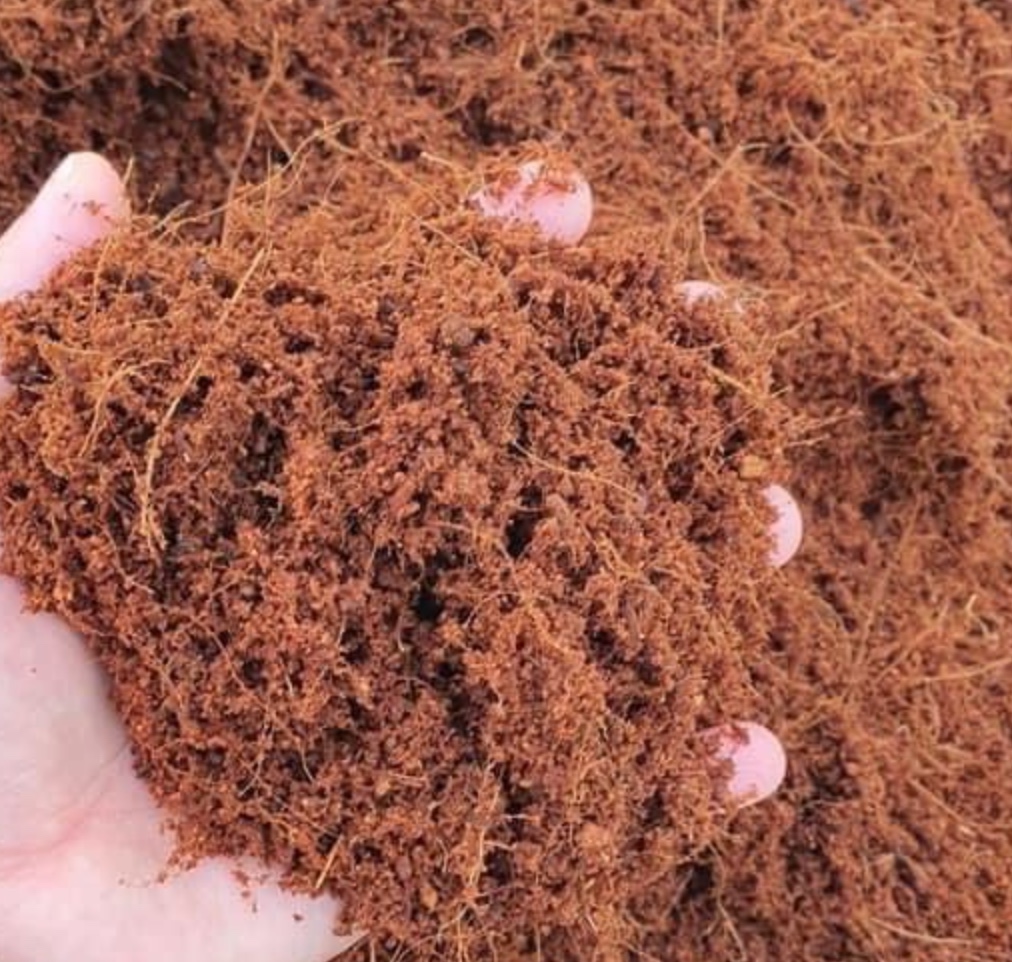
Derived from coconut husks, coco coir is a sustainable alternative to traditional growing mediums.
Pros
- Coco coir is an environmentally friendly option, known for its excellent water retention and aeration properties.
- It is also readily biodegradable.
Cons
- It may require more frequent replenishment of nutrients as it tends to hold onto salts and can lead to nutrient lockout over time.
5. Perlite/Pumice
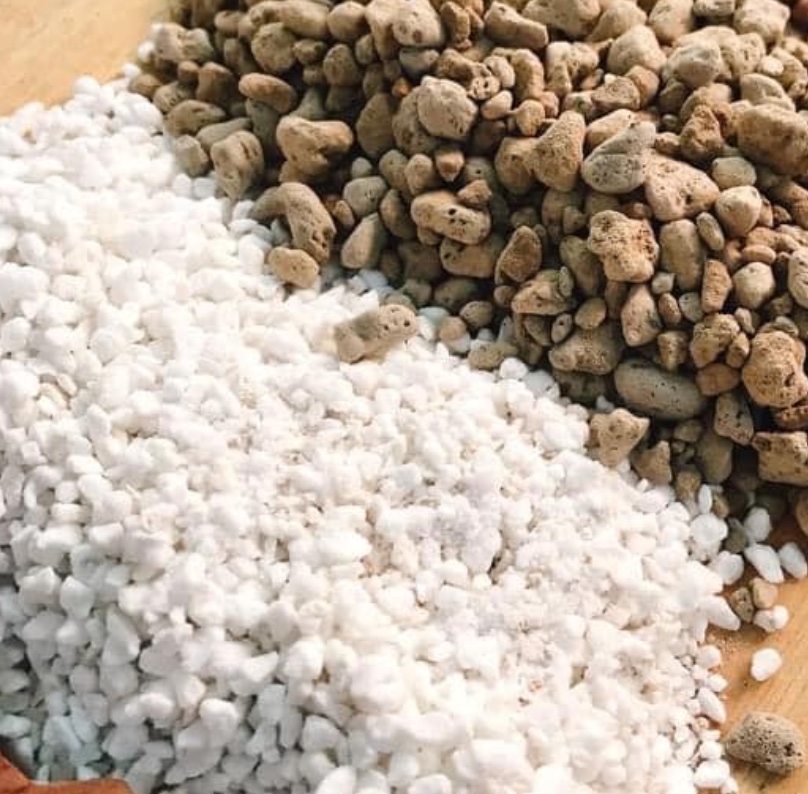
These are volcanic minerals that offer a balance of moisture retention and aeration.
Pros
- Both are lightweight and help improve soil aeration, which is vital for healthy root development.
Cons
- They can float when water levels rise, potentially disrupting the stability of your semi-hydroponic system.
Suitability for Different Plants
It’s important to consider the environmental impact of your chosen growing medium. For example, coco coir is a more sustainable choice compared to perlite and vermiculite, which are mined.
Different plants thrive in different environments. LECA, for instance, is generally suitable for most houseplants due to its balanced air and water retention properties. On the other hand, plants like succulents, which prefer a drier environment, may benefit more from a perlite or vermiculite-based mix.
Conclusion
For beginners in the world of semi-hydroponics, finding the right Lechuza Pon alternative is about striking a balance between cost, availability, the specific needs of your plants, and environmental considerations.
Experimentation is key in discovering the perfect medium for your gardening adventures.
Remember, each plant is unique, and what works for one may not work for another. Therefore, don’t hesitate to try different mediums until you find the one that fits your plants and your lifestyle perfectly.

